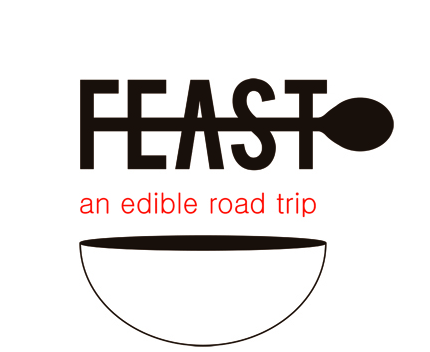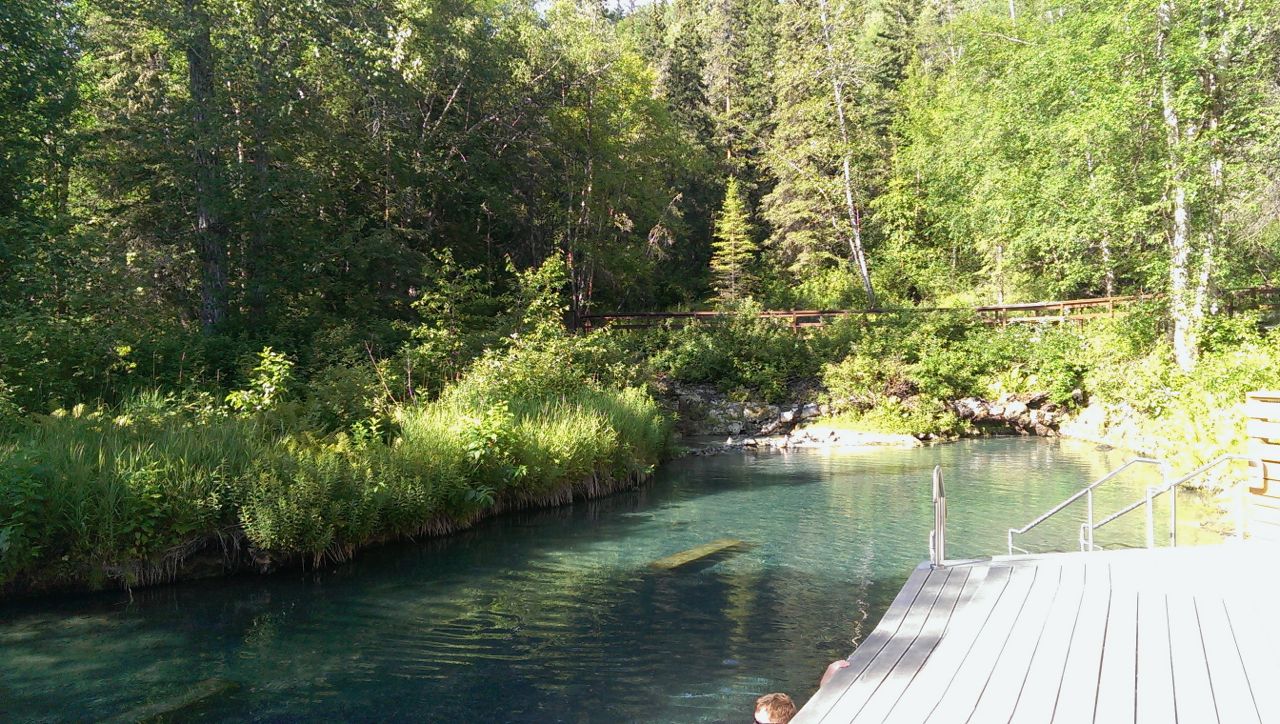Oh Heeeey, Hay River!
After we left the Yukon we headed for the Northwest Territories (NWT).
Two 14-hour days later, we finally arrived.
Unless you’re driving a rugged, off-road truck (which, as you have seen by now, we are not), you have to head south into BC, cross over to Alberta, then head north again to get to the NWT.
On the way, we saw a herd of wild bison,
and soaked in Liard Hot Springs.
It was a long drive, but since much of it was painted yellow by canola fields, it was a beautiful one.
Once in the NWT, we headed towards Hay River, at the south end of Great Slave Lake. We were welcomed to the area by waterfalls; there’s an entire route dedicated to visiting them, and we stopped by the impressive Alexandra Falls to enjoy some rainbows and mist.
When we arrived in Hay River, we setup at a campsite outside of town, and settled in for a few days. At 3,600 people, Hay River is the second largest community in the NWT (Yellowknife, at 20,000 people, is the largest) which gives you an understanding of the territories’ land to population ration. So much land, and so few people.
Though it’s small by more southern standards, Hay River is a regional hub. It began as a First Nations fishing camp, permanently settled in the late 19th century, and is now divided into the ‘old’ and ‘new’ parts of town, with commercial fishing still playing a significant economic role.
As with most places we’ve visited, we were surprised by the food in this region - we hadn’t expected to find such a vibrant food community in a small northern town, but that’s what we found, and we can’t wait to share it.
Watch for stories to come of farmers, our own camp cooking, dandelion mustard, and other NWT food finds.
-LA











